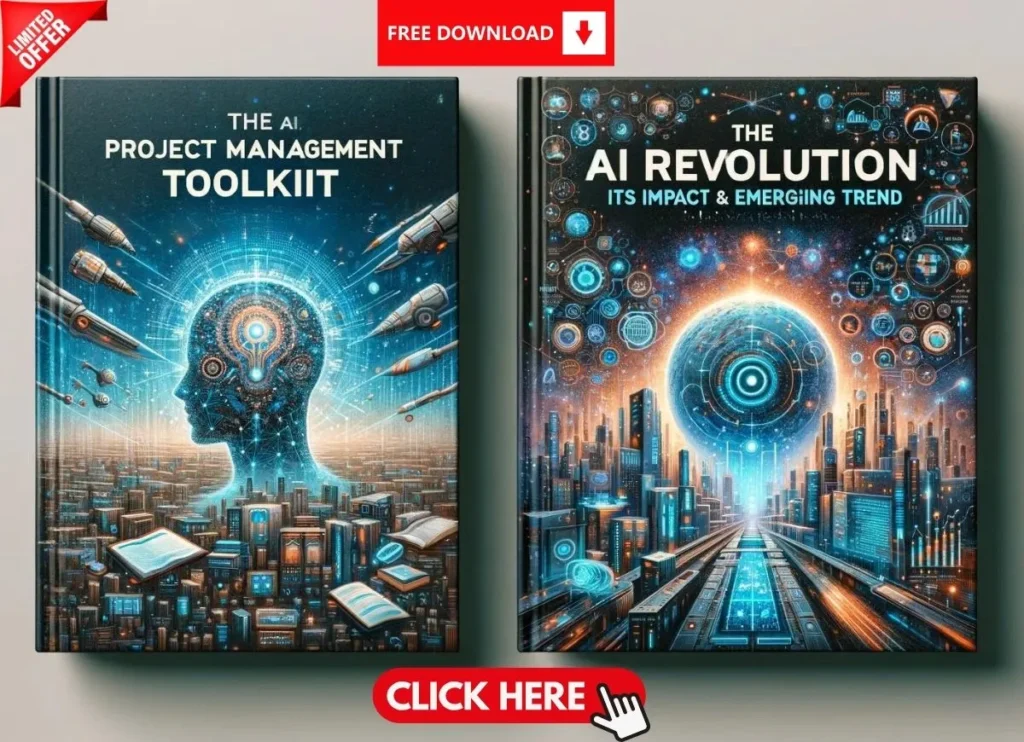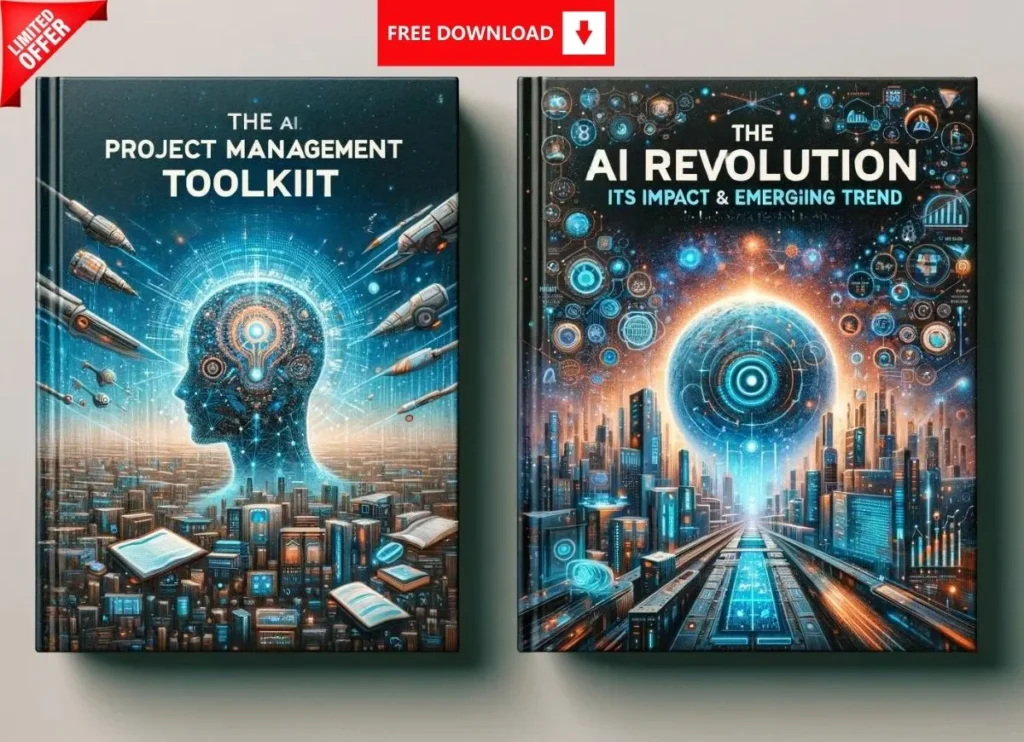Introduction
Picture this: You’ve just settled into a new role, your coffee’s still warm, and you’re ready to tackle what was sold as a straightforward “Creative Traffic Coordinator” gig. Then reality hits like a freight train—there’s no structure, no documentation, and suddenly you’re not just coordinating traffic, you’re steering a runaway project management locomotive. Managing dysfunction becomes your daily reality—deadlines crash into each other, stakeholders bombard you with conflicting demands, and your inbox feels like a war zone. Worse, the paycheck barely covers the stress.
Sound familiar? If you’re a battle-tested professional with 8–30 years of experience—perhaps a Project Manager, Scrum Master, or accidental team lead—you’ve likely stared down this beast before. According to a 2023 PMI survey, 62% of PMs have faced roles where the job description was a cruel mirage, leaving them to wrestle chaos far beyond their pay grade.
Now, you’re at a crossroads: Do you dig in your heels and endure the dysfunction, or cut your losses and retreat to the familiar refuge of temping or contracting? The truth lies in the messy middle—it’s not just about survival, but about what you can claw out of the wreckage. Beneath the chaos lies a treasure trove: hands-on project management experience, resume-defining wins, and a springboard to a better gig with a fatter paycheck. This isn’t just another job horror story—it’s a battle plan.
In this guide, crafted for seasoned pros like you, we’ll unveil 6 proven ways to turn a chaotic job into career gold while managing dysfunction as a project manager. You’ll discover how to transform sleepless nights into strategic victories, sharpen your skills in the crucible of disorder, and position yourself for a role that actually respects your expertise.
Quick Tip: Start today—jot down one chaotic process you’ve tamed; it’s your first resume bullet point. Ready to flip the script on dysfunction? Let’s dive into the trenches together.
Why Stay? Uncovering Hidden Gems in Chaos
Real Project Management Experience
You signed up for a coordinator role, but now you’re scheduling sprints, managing workflows, and wrangling stakeholders in Wrike. Sound familiar? That’s not a bait-and-switch—it’s a crash course in project management. For professionals with 8-30 years of experience, this is a golden opportunity. Every chaotic day hones skills like scope definition, resource allocation, and deadline enforcement—core PM competencies that employers crave. Stick around a few months, and you’ve got a legitimate claim to a PM title on your resume.
Mastering Chaos as a Skill
Thriving in dysfunction isn’t just survival—it’s a superpower. Startups, agencies, and high-growth firms need PMs who can navigate ambiguity without blinking. If you can turn a reactive, under-documented mess into a semi-functional operation, you’re proving resilience and adaptability—traits that set you apart from peers who’ve only managed polished teams.
The Remote Work Advantage
One silver lining? This chaos is remote. For seasoned pros who value flexibility, that’s a lifeline. You can stay put, extract value, and job-hunt on your terms without the grind of a commute. It’s a rare perk that buys you time to strategize your next move.
Pro Tip: Set a 6-month goal—stay long enough to build PM cred, then leverage it for a role with better pay and structure.
Extracting Resume Wins from Dysfunction
Framing Your PM Contributions
Even in chaos, your efforts are resume gold. Here’s how to spin them:
- “Managed end-to-end project workflows for a creative team, coordinating schedules and deliverables under tight deadlines.”
- “Oversaw stakeholder communications, aligning expectations in a high-pressure, remote environment.”
Highlighting Process Improvements
Did you create a spreadsheet to track tasks? Streamline an intake process? That’s process improvement—meat for your resume:
- “Designed and implemented documentation systems to reduce workflow bottlenecks by 20%.”
- “Introduced structured scheduling protocols, cutting missed deadlines by 15%.”
Showcasing Stakeholder Influence
If leadership leans on you to fix the mess, you’re influencing outcomes. Capture it:
- “Collaborated with executives and creatives to prioritize high-impact projects, boosting team efficiency.”
- “Acted as a key liaison between cross-functional teams, driving alignment in a remote setting.”
Expert Insight: Quantify wins where possible—numbers (e.g., “20% efficiency gain”) make your resume pop for PM roles paying 30-50% more.
Leveraging Chaos for Your Next Career Move
Building a Portfolio of Wins
Document everything. That chaotic job isn’t just a grind—it’s a portfolio. Track:
- Before/After Metrics: How you cut delays or clarified roles.
- Tools Used: Wrike mastery is a marketable skill.
- Leadership Moments: Times you stepped up to steer the ship.
Networking Internally for Opportunities
Even a dysfunctional company might have hidden gems—PM roles in other departments or teams with better structure. Chat up colleagues, attend virtual all-hands, and probe for openings. A lateral move could turn chaos into a career pivot.
Upskilling in PM Tools
Use this time to level up. If you’re on Wrike, master it—then branch out to Asana, monday.com, or Jira. Employers love PMs with multi-tool fluency, and free trials or tutorials can get you there fast.
Pro Tip: Set a 3-6 month exit timeline. Extract value, upskill, and start applying—remote chaos gives you the runway to prep.
Knowing When to Walk Away
Recognizing Burnout Red Flags
Chaos can be a goldmine, but not at your expense. Watch for:
- Sleep Loss: Consistent 3 a.m. stress spirals.
- Health Hits: Anxiety or exhaustion creeping in.
- No Wins: Months pass with no tangible gains.
Assessing Growth Potential
Is there a path to more pay, a better title, or saner work? If leadership won’t budge and dysfunction is permanent, staying might just mean more of the same.
Preparing Your Exit Narrative
Leaving early? Frame it positively:
- “I took on an unexpected PM role, gained valuable experience, and now seek a position aligned with my long-term goals.”
This keeps your story tight and professional for interviews.
Expert Tip: If burnout looms, line up a gig before quitting—remote work lets you hunt discreetly.
Case Studies: From Chaos to Career Success
Case Study 1: The Overloaded Coordinator
Sarah, a mid-career pro with 15 years of experience, joined a marketing agency as a “traffic coordinator” in 2022. Within weeks, she was managing a 10-person creative team, tracking 50+ deliverables in Wrike, and fielding client calls—all remotely, with no onboarding or documentation. Pay? A measly $50K.
Challenge: Overwhelmed and underpaid, Sarah faced burnout. But she saw PM potential in the chaos—scheduling, stakeholder wrangling, and process fixes were all in her wheelhouse.
Solution: She stayed 8 months, documenting every win: a task-tracking system that cut delays by 25%, stakeholder syncs that reduced rework, and Wrike expertise that streamlined workflows.
Outcome: Sarah leveraged these into a $75K PM role at a tech firm, a 50% pay bump. Her resume glowed with “process optimization” and “remote team leadership.”
Lesson: Short-term pain, long-term gain—Sarah turned dysfunction into a springboard.
Case Study 2: The Startup Survivor
Mark, a 20-year PM veteran, joined a startup in 2021 expecting a coordinator gig. Instead, he inherited a chaotic product launch—missing deadlines, siloed teams, and execs demanding daily pivots. Salary: $60K, far below his norm.
Challenge: The startup’s “move fast” ethos clashed with Mark’s structured style. Burnout loomed, but he spotted a chance to shine.
Solution: Mark stayed 6 months, building a backlog in Asana, training staff on prioritization, and presenting execs with velocity data to curb mid-sprint changes. He networked internally, landing a mentor in the C-suite.
Outcome: His mentor recommended him for a $90K PM role at a sister company. Mark’s resume boasted “chaos-to-clarity leadership” and “executive alignment.”
Lesson: Strategic staying—and networking—turned a mess into a 50% raise.
Sustaining Resilience: Long-Term Strategies
Setting Boundaries in Chaos
You can’t fix everything, but you can protect yourself:
- Timebox Tasks: Cap chaotic firefighting at 2 hours daily.
- Say No Tactfully: “I’ll log that for next sprint—here’s why.”
- Delegate: Push low-value tasks to others if possible.
Maintaining Work-Life Balance
Remote chaos can bleed into nights. Counter it:
- Hard Stops: Log off at 6 p.m.—no exceptions.
- Self-Care: Block 30 minutes daily for a walk or breather.
- Support: Lean on peers or a mentor to vent.
Planning Your Next Leap
Stay proactive:
- Skill Goals: Master a new PM tool every 3 months.
- Job Alerts: Set LinkedIn notifications for PM roles now.
- Timeline: Plan your exit—6 months max if chaos persists.
Expert Tip: Use dysfunction as fuel—every challenge you conquer is a story for your next interview.
Conclusion: Turning Dysfunction into Your Superpower
Managing dysfunction as a project manager isn’t just about survival—it’s about thriving. These 6 strategies—uncovering hidden benefits, extracting resume wins, leveraging chaos for growth, knowing when to leave, learning from real-world wins, and building resilience—turn a bad job into a career catalyst. For pros with 8-30 years of experience, this is your chance to wield chaos as a weapon, not a burden.
Actionable Takeaway: Set a 3-6 month timeline. Document wins, upskill, and start hunting—turn this mess into your next big win. You’ve navigated worse; now make it pay off. Take the reins, and let dysfunction launch you to new heights.
Stepping into a challenging project management role? Gururo’s blog on the 7 first steps to succeed in 90 days arms you with the critical strategies to turn chaos into clarity, dysfunction into opportunity, and uncertainty into leadership wins. Master the game—because great PMs don’t just survive, they thrive!








